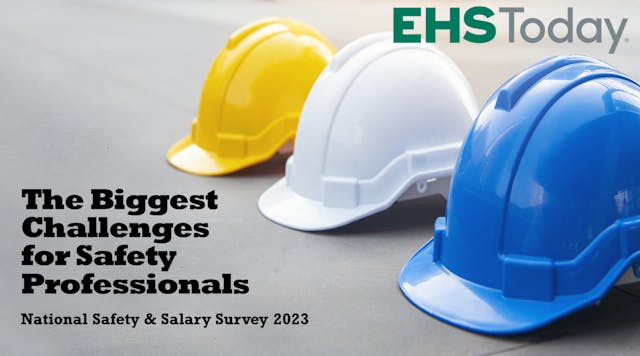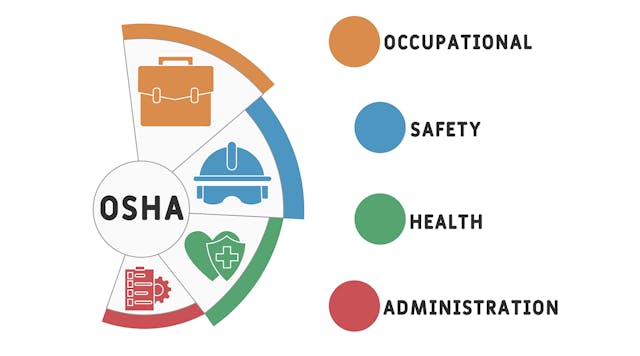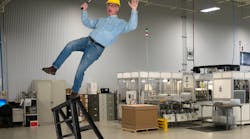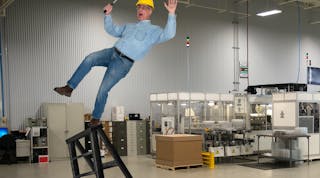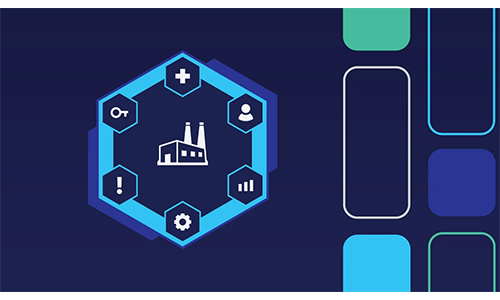Whenever I interview safety professionals, I feel the passion they have for their job and how proud they are to be in this profession. And then I wonder why this profession isn’t on the top of the list for every young worker.
Cally Edgren, senior director of sustainability at Assent, an industry veteran with 20 years of experience in safety leadership at manufacturing companies, knows why, and more importantly, what to do about it. “It’s time for the EHS community to share the story that the profession has broader social implications and that we need to get out of the old mindset that our job is only to keep our company and workers safe.”
So, I sought out a young worker to get her take on this. Maggie Cahoon is a health and safety specialist with Haley & Aldrich who has been in the field since 2020. And already, the passion for her work shines through.
“I firmly believe that safety is one of the best professions as it allows you to interact on a day-to-day basis with people and really make an impact on someone’s life,” she said.
In college she wanted to find a profession where she could “meet with people and talk with them about what makes their day difficult and what challenges they face and how I can make their lives easier.”
And it turned out that the safety profession met those needs. But she feels that the profession doesn’t highlight its best features. “I don’t think the profession really promotes the reality of the job, which is that about 75% of the time, I’m working with people and helping them get home safely. The technical side of things are less a part of the job than many people might think.”
To Cahoon and many of her generation, helping people expands beyond the “walls” of the building and is a driving force when choosing a profession. The company she chose offers a few days off per year to do community projects. “We are given the choice of what organizations we work with, including non-profits, local service organizations and educational institutions.”
Again, those days of service in the community weren’t included in the recruiting pitch. It showed up during the discussion around the benefit package.
This is a miscalculation, Cahoon points out. “When you present your organization as one that does good for the community, your company has a better reputation, which makes it more attractive and can lead to more business opportunities. That attraction is also felt internally. Post-pandemic, doing things in the community together gave our employees an internal sense of community that helps with retention.”
Of course, it’s the culture that dictates whether an organization can provide the service aspect of the job that the younger generation wants. Having leadership that is open to new views is essential. Cahoon believes that companies need to move away from the attitude that the way we have always done things is the way we need to do them in the future. Younger workers’ methods of work and their preferred work environment—which includes a well-defined connection to the outside world—need to be considered.
Across the conversations that I have had with EHS professionals, I have seen an emphasis on the connection to the larger community. What’s sometimes missing is the vocalization to potential employees as to the progress that is being made and how EHS is an ideal career.
If companies would spend more time talking to young EHS professionals, like Cahoon, they would understand that the dedication that they have to the field is clearly present in the next generation.












